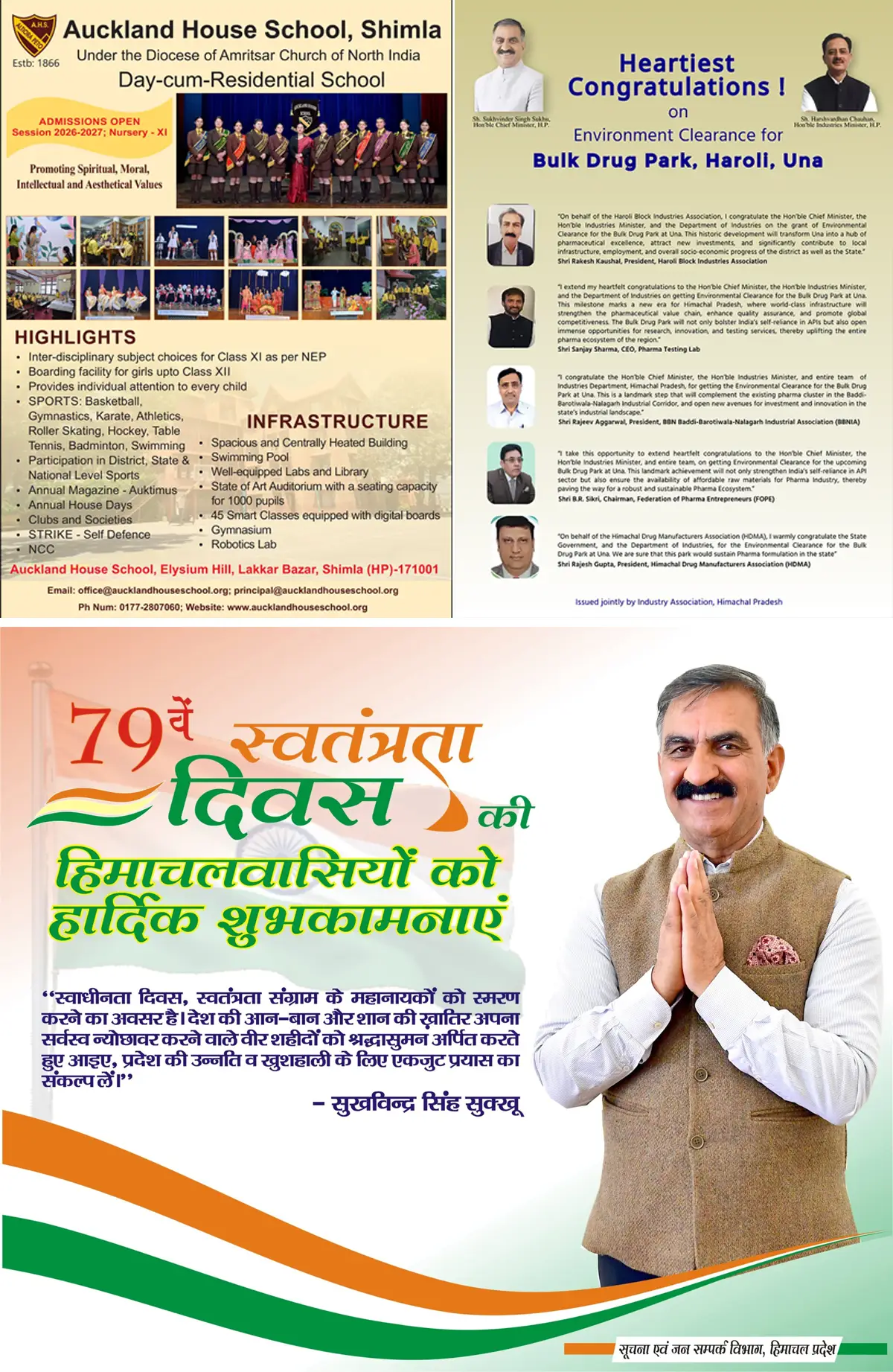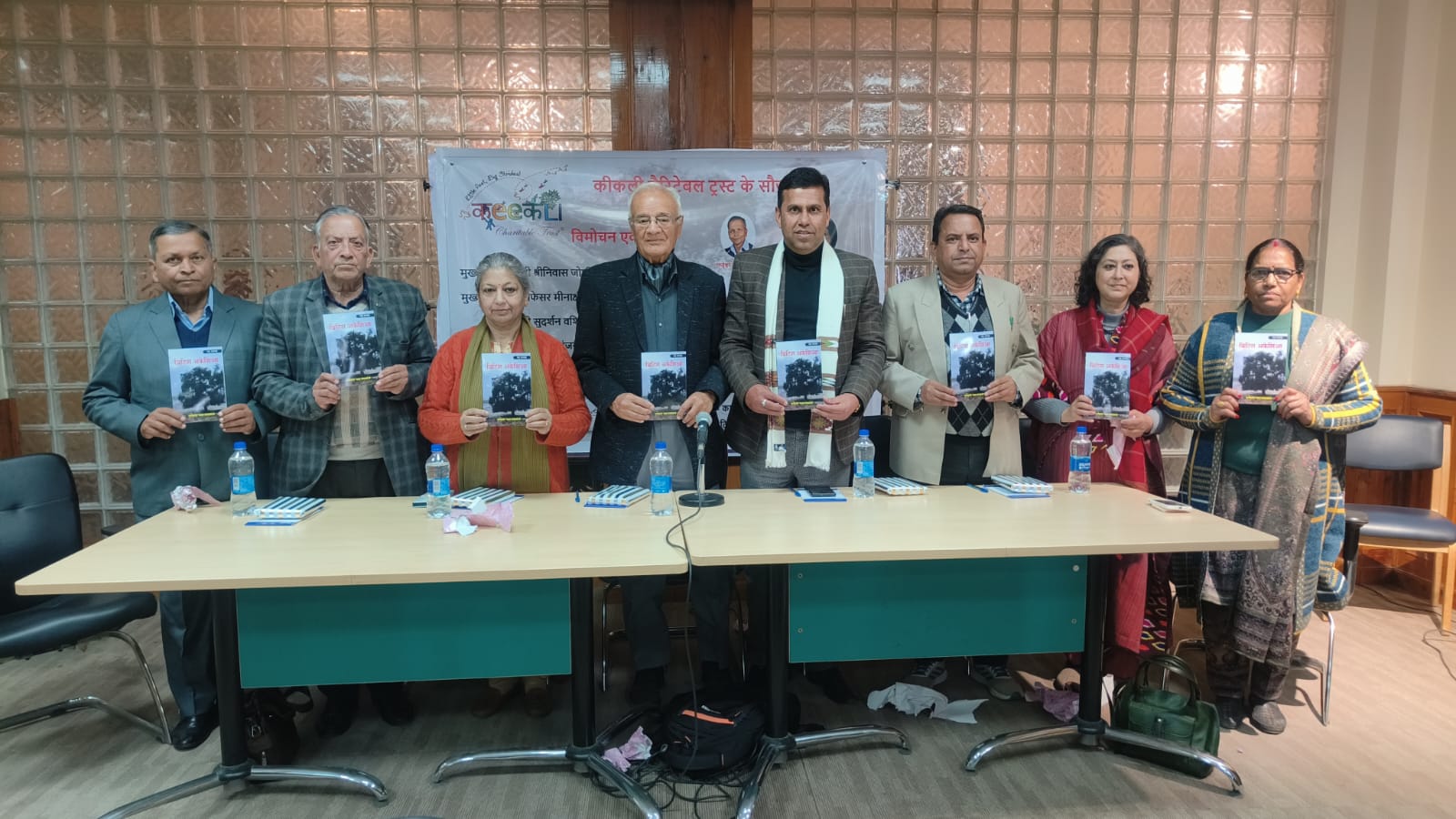Reminisces Kargil War Heroes’ Bravery Valour saga 22 years ago
8 min read
Recollecting the war days of Kargil war still memories of war, resounding of gunshots, mortars, hovering jet fighters, slogans of Jai Maa Durge, Mahakali and then invade on the foe over the hills of District Kargil of Jammu & Kashmir. It was this day in 1999, when India recaptured the heights of Kargil from Pakistani infiltrators; ending the 60 day “Operation Vijay” Our Indian soldiers showed tremendous courage and fought till theend to recapture the Kargil outposts from the foe Pakistanis. Thus to honour the valour of the Indian Armed Forces troops, July 26 is celebrated as “Kargil Vijay Divas” across India. Before the 1999 Kargil War between India and Pakistan began, there was only one brigade of the Indian Army, comprising three units with about 2,500 soldiers, guarding 300 km of Indian Territory, along the Line of Control (LoC) between Zojila and Leh. It meant that one unit was responsible for close to 100 km of territory, a task which was next to impossible. These sectors are the crucial backbone for the logistics requirements of the army from Zojila to the world’s highest army deployment, Siachen. More units were required, but the need was not felt then. Indian posts along the LoC/Line of Control at the mountain peaks were vacated before winter. The Pakistanis did likewise on their side of the Line of Control (LoC). This was an understanding between the two sides due to the uncongenial living conditions at posts 14,000 to 18,000 feet high, with heavy winter snowfall cutting them off from the rest of the world. Most of the roads to these posts were either not motor able or non-existent. Artillery guns – crucial for destroying enemy bunkers high up in the mountains or for accurately firing on enemy troops hiding behind boulders – were inadequate. Surveillance by high-technology equipment such as Unmanned Aerial Vehicles was not there. The Pakistani army took advantage of these imperfections, especially the lack of Indian troops during winters, and intruded into Mushkoh, Dras, Kargil, Batalik and Turtuk sub-sectors, between Zojila and Leh. The Pakistan Army including Pakistani intruders crossed the LoC and intruded 4-10 km into Indian Territory and occupied 130 winter-vacated Indian posts. Pakistan wanted to cut off the highway connecting Srinagar with Leh, thereby cutting off Ladakh and Siachen- a move India not slated. The first Pakistani Army action took place when Indian Army’s Captain Saurabh Kalia and five other soldiers were on patrol at Bajrang post near Dras. They got into a firefight, before falling out of ammunition. Saurabh Kalia and the others were apprehended by Pakistani troops, tortured several days and killed. Meanwhile, information started streaming in from locals about the Pakistani troops and intruders. Mohammed Yusuf, an ex serviceman, who retired in 1991 after having served with the 9 -Jammu and Kashmir Light Infantry, said that in early May of 1999 his children observed the Pak troops climbing up to Tololing hill while his children were grazing out their cattle. Yusuf told the Indian army official that my children came across ten Pakistani soldiers and those soldiers ordered his children to leave their cattle and go away. But children ran down to our village. The children told Yusuf about what happened. He told children that Indian soldiers don’t patrol that particular area.Yusuf went to the spot and saw a few Pakistani soldiers going to Bhimbat. He reported this action to an army officer. A few days later, Yusuf, went with another army officer to the site where he spotted Pakistani troops. While the two waited near a nallah, they spotted Pakistani soldiers walking towards Bhimbat hill from Tololing hill.
Other locals, including porters, also said they came across equipment left by the Pak soldiers. One of the locals Ismail, who worked as an army porter in Mushkoh during the war, found Pakistani troops’ cigarette packets, which he then showed to the army. Ismail found some magazines at some of the posts. Another local said that militants do not read magazines, only officers read magazines.
On the other side, Indian Army units sent to recapture the lost territory did not realize what they were up against. Initially, Indian Army thought it was a bunch of intruders/ militants who had intruded into Indian Territory and occupied Indian posts. Brigadier Kushal Thakur, (Kushal Thakur hails from District Mandi of Himachal Pradesh) who was commanding 18 Grenadiers as a colonel during the war, said his unit was tasked to move to Dras as part of ‘Operation Vijay’ which began in May 1999 to repulse the intruders. The unit reached Dras on May 17. Then the local brigade held a conference on the intrusion from Pakistan side. There was so much confusion and no one knew what had happened as Brigadier Khushal Thakur perceived. On May 20, 1999, Brigadier Khushal Thakur’s Unit was tasked to recapture Tololing first, since it was close to the national highway. There was no information about the foe and he was told that only four to five militants were on top of Tololing.
A few days later, 18 Grenadiers carried out a reconnaissance of Tololing. They realized that the people on top were not loosely trained militants or intruders, but Pakistani soldiers with adequate weaponry. Brigadier Khushal Thakur says that as we closed in on the enemy, we realized that enemy had mortars, medium machine guns and other automatic weapons, which led to high intensity firing on us.
On May 26, Brigadier Kushal Thakur requested for Indian Force (IAF) helicopter gunships to fire on the Pakistani bunkers atop Tololing Hill. But a Pakistani stinger missile brought down a helicopter, leading to a temporary halt in the IAF’s ground attack. A few days later Brigadier Thakur lost an officer, Major Rajesh Adhikari. Later, he lost his second-in-command, Lieutenant Colonel R. Vishwanathan. Thakur says that it was dark and cold even if we brought him (Vishwanathan) behind a boulder, but we could not get medical help as the enemy was close by. Vishwanathan breathed his last in Brigadier Thakur’s lap. Brigadier Thakur lost 25 soldiers while trying to capture Tololing Hill- an operation which lasted for 25 days. Thakur says that the enemy could count each one of us, even though we hid behind boulders. Local porters were not available, they had fled. Half his battalion was used to carry ammunition and food to those fighting above. Any movement had to be done only during the night. Thakur says that this was a reason for the high casualties.
After the capture of Tololing Hill, 13 Jammu and Kashmir Rifles (JAKRIF) was tasked to capture a nearby feature, Point 5140. During the first night, the Unit got lost. Thakur says we didn’t know where the enemy bunkers were. He says we lost two men, including one to an enemy sniper fire, who served with the unit during the war. The 18 Grenadiers was later instructed to capture Tiger Hill. Brigadier Thakur says that that time we were better prepared and about 120 artillery guns were lined up, facing the feature. Thakur says we had more than adequate high-altitude clothing and shoes. The Bofors guns had also arrived. 18 Grenadiers, with 8 Sikh providing supports, launched the operation to capture Tiger Hill on July 3, 1999. The unit reached the top of Tiger Hill the next day. The Pakistani soldiers never thought that Tiger Hill would fall so easily. There were three fierce counter-attacks. At Brigadier Khushal Thakur’s request, a company of 8 Sikh, about 50 soldiers, positioned themselves on the western ridge of Tiger Hill. Pakistani Army troops, including Special Service Group commandos, launched an attack here. Both sides suffered heavy casualties, but the Indian national flag was finally planted atop Tiger Hill on July 8, 1999. This was when the Indian side felt the need for more weapons such as sniper rifles. Brigadier Thakur says we suffered many casualties due to enemy snipers. Thakur says that the scale of rocket launcher rounds and high explosive grenades should have been more. Initially there was inadequate information about the location of Pakistani soldiers’ positions. While moving for an attack logistics became an issue. During the assault on the ‘Ledge’ near Batra Top, the Indian soldiers faced another major problem – lack of drinking water. The heavy artillery fire was contaminating the snow. A lot has changed since the war ended 20 years ago. The army says chances of another similar conflict are unlikely. Areas along the LoC/Line of Control were identified to be occupied during a war-like situation as these areas will be behind the frontlines and will ensure a multi-tiered defensive layout. Infiltration routes used by Pakistani troops were identified and counter-infiltration grids made. These grids will cover the infiltration routes, including the passes. The army’s deployment strength has more than tripled. The gaps in deployments such as in passes and around valleys have been plugged. Even those areas from where the intruders had come in have been protected. Mines over possible enemy entry points through the LoC were laid. Posts are no longer vacated during winters. Several helipads have come up near the LoC/Line of Control to help the Indian army with supply rounds and quick mobility of reserves. The Indian army had also made new ammunition points and revised its ammunition reserves. The army had adequate artillery guns in the region, but there was no word on when the new US-procured M777 Ultra Light Howitzers would arrive. The Indian Army was fully prepared, equipped to take on any challenge in this area. After the Kargil War, there was a Kargil Review Committee formed, which identified the challenges and, over the years, we have taken action to ensure that there is improvement in infrastructure in terms of roads, habitat and surveillance architecture. All the gaps along the LoC have been plugged. Communication had improved with the laying of optical fiber cables and surveillance was heightened with more Unmanned Aerial Vehicles and satellite imagery. The local intelligence network had been tightened, with an improved public interface. The weak infrastructure on Pakistan’s side can be seen by their ill-fortified bunkers, most of which are not cemented. This indicates that Pakistani soldiers might be suffering from fund shortage as explained by an official. Intelligence gathered on Pakistani positions near LoC/Line of Control points to inadequate ration. Indian Army noticed that Pakistani soldiers mainly got items such as pulses and rice and not special ration needed for surviving at such high altitudes. Pakistani army in these areas also doesn’t have proper vehicles, although their helicopter assets are good. To Indian Army officials say Pakistan is not really a threat now as it is not possible for them to do what they did in 1999. Even if they intrude, their strategic objectives cannot be achieved.






